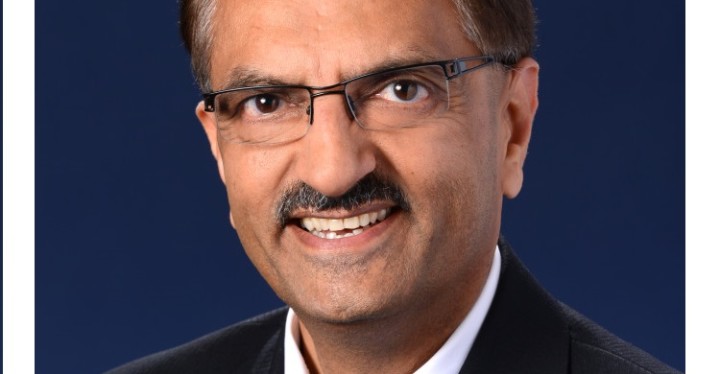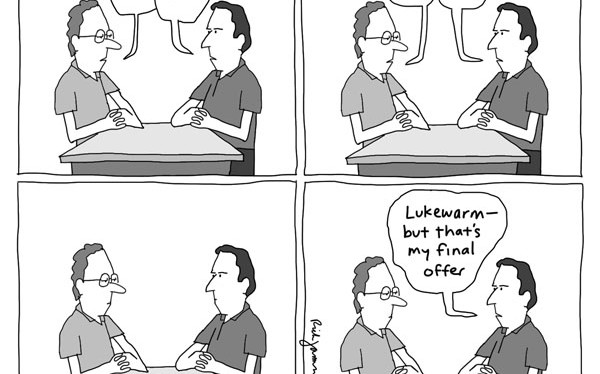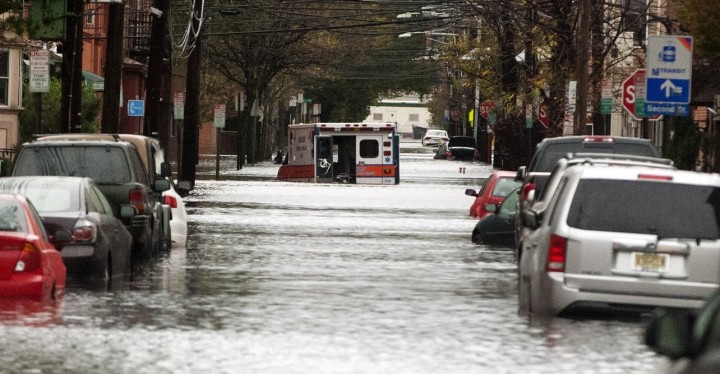The IEEE has long been a custodian of electrical safety standardization, but none more so than when it became Secretariat to the National Electrical Safety Code (NESC) committee in 1972. Work began on the NESC at the National Bureau of Standards (NBS) in 1913, and the early efforts of the NESC were published as NBS Handbooks that evolved in many parts on different topics as this work progressed. One of the IEEE’s first actions when it became Secretariat was to publish all of the current parts in a single NESC volume, resulting in the 1973 edition. Since that time, the NESC has been revised as a whole on a tightly-scheduled revision cycle, which now occurs every 5 years. Ten comprehensive revisions have taken place since that first compilation occurred, with an 11th edition to be published in 2017, spanning 45 years.
The role that the NESC plays in the industry and regulatory landscape is that of a voluntary standard. However, some editions and some parts of the code have been adopted, with and without changes, by some state and local jurisdictional authorities. This process varies, depending on the state; each edition of the NESC can be adopted either automatically when a new code is issued, or it can follow a rulemaking proceeding at a specified time following a new code’s release. Some states adopt a particular edition that may be in place for a period of time, until a later edition is specifically adopted.
Today, nearly all of the U.S. states use the NESC in whole or part, and about 100 countries around the world leverage the code in some way. The NESC is among the most widely adopted safety codes.
Keeping the code relevant and up to date in the face of innovation in power and communications technologies and services is a never-ending task—and never a more crucial one with regard to the safety of utility field technicians and contractors, as well as the public.
A five-year process of refinement exists for the NESC that commences with publication of each new edition of the code:
- Change proposals can be prepared and submitted electronically by any substantially interested person, organization, NESC subcommittee or member of the NESC Committee or its subcommittees.
- Each change proposal is considered by an NESC subcommittee, which can then endorse the proposal, propose revisions or additions, refer the proposal to a technical working groups for more detailed evaluation, seek coordination with other subcommittees and/or recommend that the change proposal be rejected.
- A preprint of the proposed changes is prepared and made publicly available for the purpose of soliciting public comment from all stakeholders and interested parties.
- After a period of open commentary by the public, the proposed revisions to the code and comments are processed for NESC subcommittees’ consideration.
- A draft of the revised NESC is prepared in light of the subcommittee reports and goes before the NESC Committee and the American National Standards Institute (ANSI) Board of Standards Review for concurrent reviews and final approval.
The current edition of the NESC is available at http://www.techstreet.com/ieee/products/1786726
Also, please visit http://standards.ieee.org/about/nesc/ to learn more about how you can contribute to the code’s future.
For more than 100 years, the NESC has contributed to the safety of the public and more and more types of utility workers. Inputs, expertise and lessons learned from across the real-world field of implementation are needed to ensure that the NESC remains a vital and relevant industry safety code, even with new technologies and developments affecting the lines to which the code applies. Industry, utility, government and other stakeholders of every discipline have a uniquely necessary perspective on not only the next, 2017 edition of the NESC but its long-term evolution over the coming decades.
Senior Manager, National Electrical Safety Code (NESC), IEEE Standards Association
s.vogel@ieee.org
As Senior Manager, National Electrical Safety Code, Ms. Vogel is responsible for strategic planning, management, and growth of all activities supporting the National Electrical Safety Code and program for the IEEE Standards Association (IEEE-SA).
Sue is an experienced standards professional at the IEEE-SA, having supporting a variety of programs and standards development projects, developed by a vast breadth of IEEE technical Societies and Committees for more than 29 years. She has held responsibility for publication of the last six editions of the NESC.





